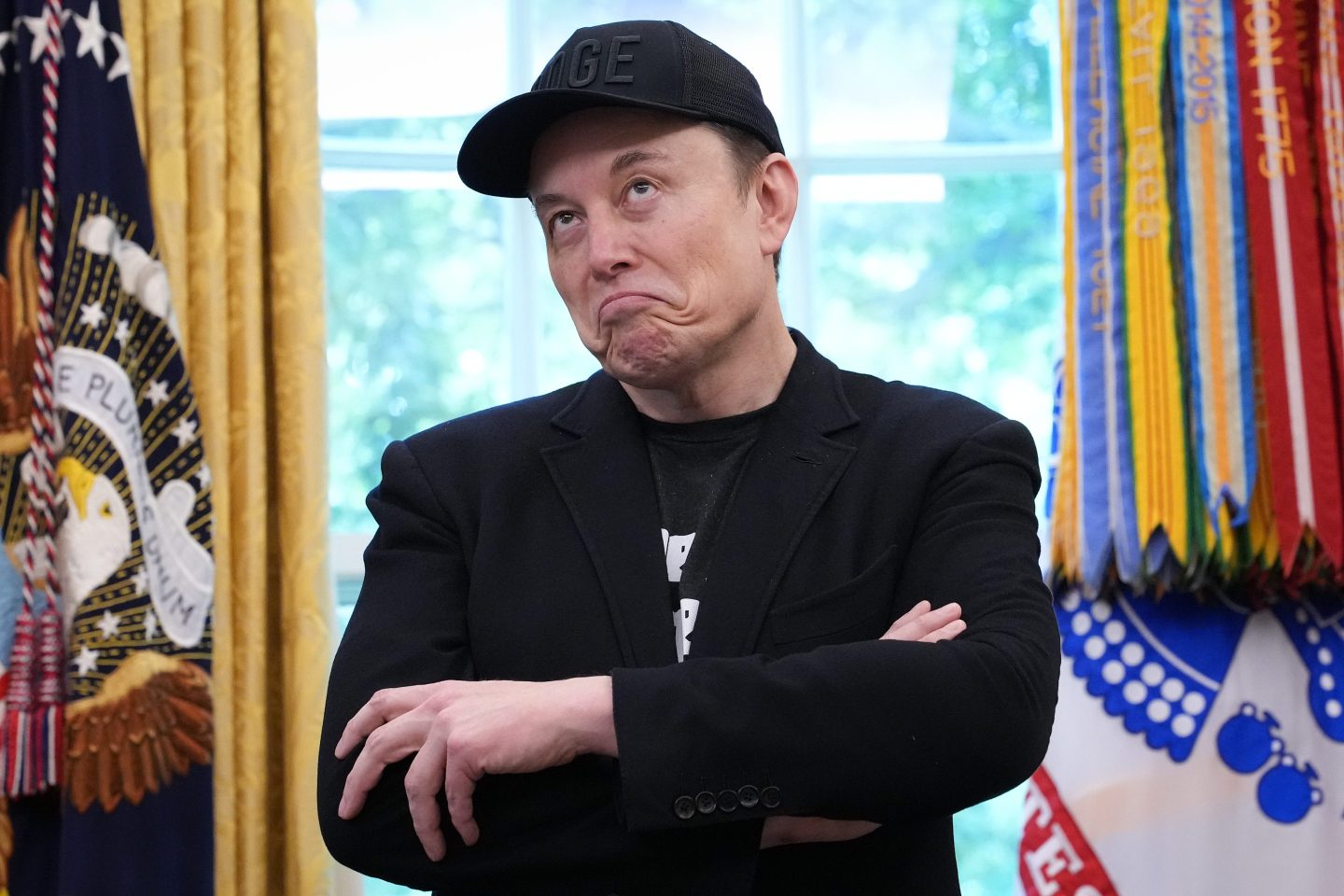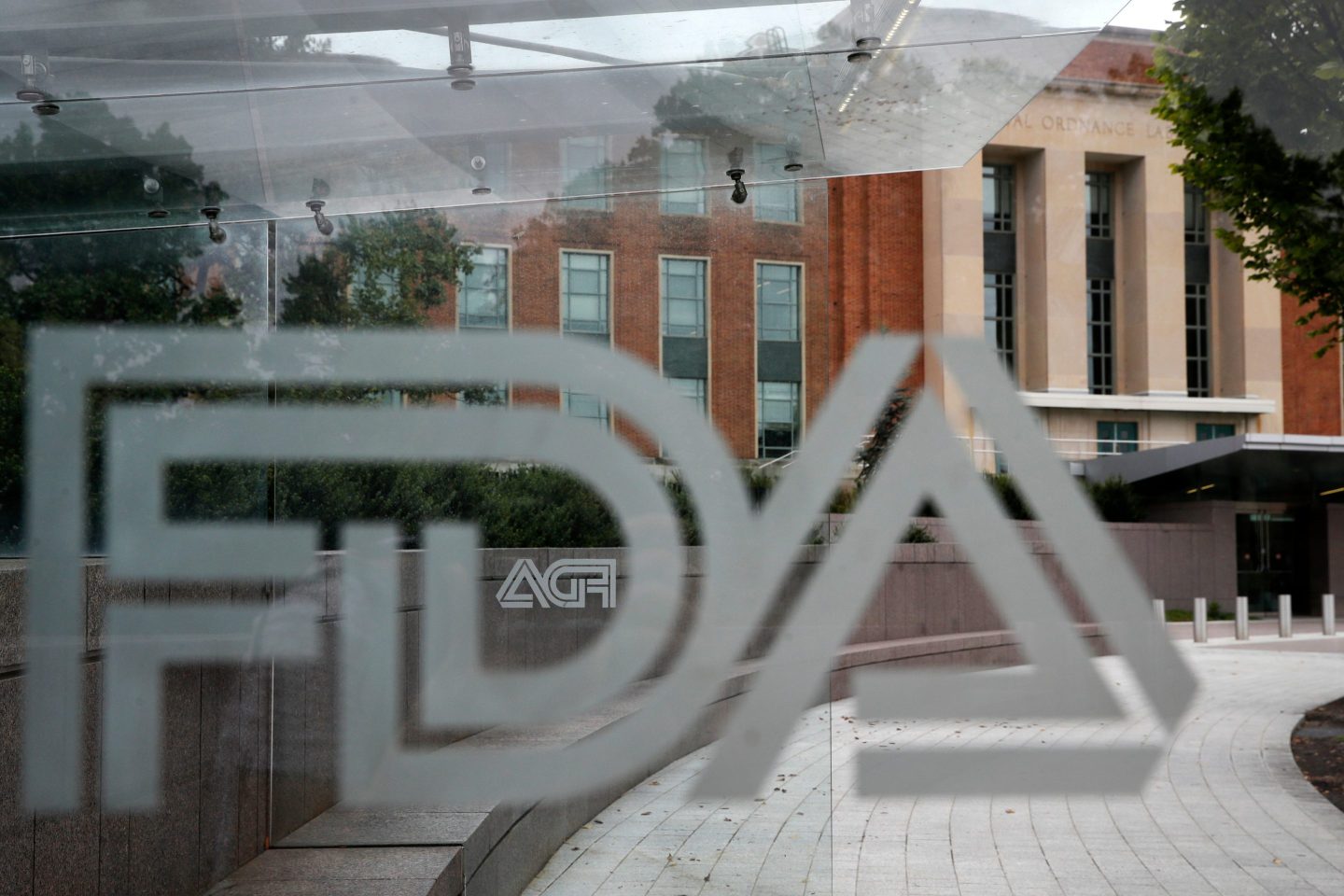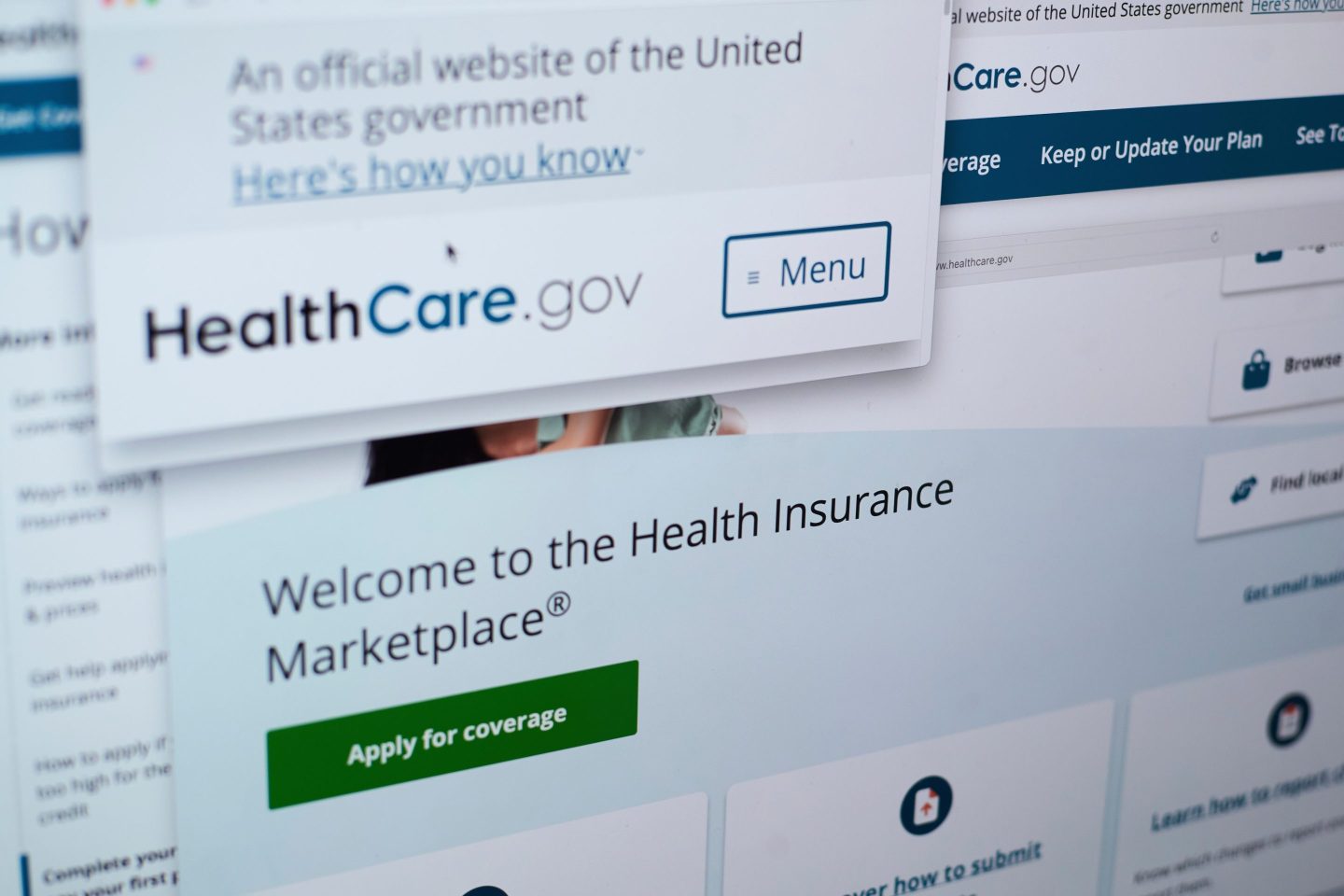As the opioid crisis has continued to roil the U.S., Google searches have spiked for terms such as “prescription drug disposal locations” and “drug drop off near me.” As a result, the search giant is rolling out a Google Maps feature to make it easy for people to quickly and safely dispose of their old prescription medications.
The new Google Maps feature shows drop-off locations that are open year-round, including pharmacies, hospitals, and government buildings. As of the launch on Thursday, there are 3,500 drop-off locations in seven states, including Alabama, Arizona, Colorado, Iowa, Massachusetts, Michigan, and Pennsylvania. Google plans to expand the program in the coming weeks and months through its partnership with the Drug Enforcement Administration, the U.S. Department of Health and Human Services, state governments, and private sector partners, including CVS and Walgreens.
The idea is to provide a quick and easy resource for people to dispose of drugs as soon as the thought comes to mind. Opioid abuse was declared a public health emergency in 2017 by the U.S. Department of Health and Human Services. More than 130 people die of an opioid overdose every day, and the data shows just how preventable these deaths could be. The majority of prescription drug abuse, 53%, starts with drugs obtained from family and friends, according to the Centers for Disease Control and Prevention.
The problem has become so widespread, that Americans are now more likely to die from opioids than a car accident, according to data from the National Safety Council.
Instead of waiting for prescription drug take back event in a local community, the year-round feature has potential to have a tremendous impact, Ed Simcox, chief technology officer of the U.S. Department of Health and Human Services, said in a statement.
“By bringing opioid disposal site information to Google Maps, Americans are only a search away from helping to address the opioid crisis,” he said. “This type of consumer empowerment—providing easily accessible data—is the kind of innovation needed to improve healthcare.”











